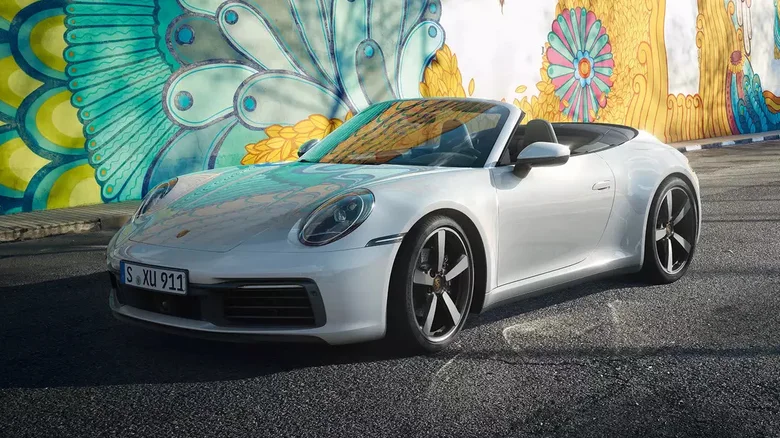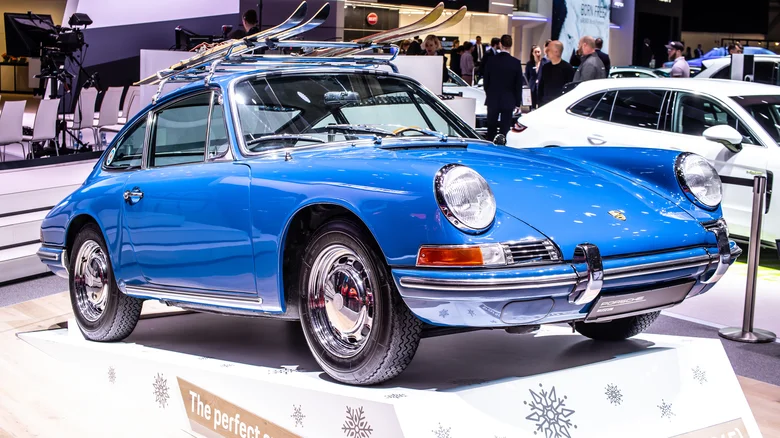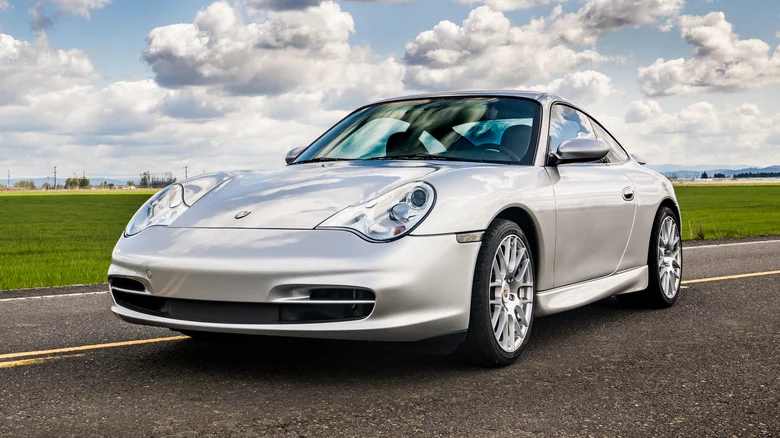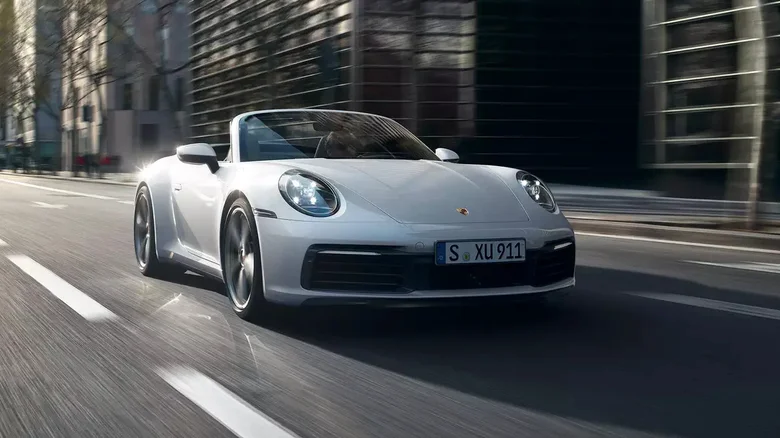
For half a century, the German carmaker’s lineup has included the Porsche 911. Few sports cars have endured as long as this one has, particularly in light of how regularly it has been produced throughout those six decades. The 911 is an exception to the rule that some cars undergo significant redesigns every few years to the point where the most recent version of the car just slightly resembles the original model. It has been and will remain a showy, powerful sports vehicle.
The New York Times reported that it came in fifth place in the Car of the 20th Century vote, and as recently as 2021, it took home the World Performance Car title at the World Car Awards. It’s got a presence in the business sector and has been heavily involved in racing. This was especially clear in the 1970s when it won the 1979 Le Mans and four World Sportscar Championship titles in a row. So what has made this car such a vital success that Porsche has decided not to fix anything and is sticking with the current setup?
The first Porsche 911

The company’s founder’s grandson, Ferdinand Alexander “Butzi” Porsche, created the first Porsche 911, a two-door coupé, back in 1964. The car was originally supposed to be called the 901, but in perhaps the most inane move ever, French automaker Peugeot asserted that it possessed a patent on car models with three numerals with a zero in the center. It was therefore modified to 911.
This was a two-door car, but despite its smaller dimensions (63.4 inches wide, 57 inches high, and 163.9 inches long), the seating arrangement was two by two. A 2.0-liter air-cooled flat-six engine with a maximum output of 128.5 horsepower powered the first 911. In contrast, the 911 was largely the replacement for the Porsche 356, which had a 1.6-liter flat-four engine with a maximum horsepower of 94.
Three years later, Porsche began offering the 911 in several configurations, such as a S model with more power and a Targa-top semi-convertible. The 911S increased output to 158 horsepower despite the engine’s actual size being the same. That wouldn’t occur for a few years until it debuted a 2.2-liter engine. After that, Porsche would release a bigger flat-six engine every few years until reaching the 3.3-liter for the 1979 Porsche 911 Turbo. Everything remained largely unchanged until 1989 after that.
The 964 and 993

The Porsche 911 has never been sold as the 911, but the manufacturer does not identify the various evolutions that have taken place behind the scenes using that terminology. Technically, that was the 930 when the Turbo was unveiled in the middle of the 1970s, and the 964 arrived on the scene in 1989. Outside of what was behind the hood, not much had changed about the 911 in 25 years, but this model upended the landscape.
For starters, the Carrera 4 vehicles now featured the option of all-wheel drive, while the Carrera 2 models continued to have rear-wheel drive as standard. Carfolio claims that both versions had been upgraded to a 3.6-liter flat-six engine producing 247 horsepower, which is almost twice as much power as the 1964 911 original. In addition, this modification gave the car power steering and other more contemporary features.
Though its lines were slightly more boxy than the more elegant curves of the previous generations, the 911’s design essentially remained the same from an aesthetic perspective. Instead of having that glossy metal wrap around the car’s base, the bumpers were blended into the design of the vehicle.
Five years later, Porsche would release the 993, an updated version of the 911. It was not that different in appearance from the 964, even though it retained the integrated bumpers and restored the smoother contours.
The 996 and 997

Easily the most significant visual update for the Porsche 911 was introduced with the 996 model when it went on sale in 1997. For more than three decades, the dual round headlights up front were a key component of the 911’s appearance. The sloping hood between them was well counterbalanced by those lights sticking out. The headlights were no longer the flawless circles they had been and were instead completely incorporated into the body of the car, as the bumpers evolved to become around ten years earlier. They had gotten much bigger and more shaped like teardrops.
The engine under the hood had not changed much, although it could now manage 296 horsepower. But Porsche also switched to water-cooled engines at this time, replacing their air-cooled counterparts.
There was an obvious intention to revert to the 911’s traditional appearance when the 997 was introduced in 2004. Therefore, the rounder headlights of the previous generation were returned, even if the headlights were still more completely incorporated into the vehicle than they had been before. This model was produced until 2013. Towards the end of its production, the 911 GT3 RS 4.0 limited edition race car, which Porsche claims can produce up to 500 horsepower, received the company’s first 4.0-liter engine.
Where we are now

The 991 and the current 992 models are the two additional iterations of the 911 that have been released in the previous ten years, and they are logical extensions of their predecessors. Porsche has kept the 911 in this condition for a very long time. The business rarely makes significant changes to its well-established formula. The design’s core elements are modified to conform to contemporary auto industry trends. When Porsche attempted to drastically alter the car by adding non-circular headlights, it quickly returned to the previous configuration.
To maintain a high degree of quality, Porsche just needs to keep up with the advancements in engine and automotive technology when it comes to the 911. This is one of those instances where a business hits the mark the first time around and sticks to its winning model. Some automobiles become obsolete as soon as they are produced, but the Porsche 911 has proven to be a timeless design, which is why the firm can offer nine distinct iterations of the same car for sale.
Also Read: Which Compact SUV Is Better for You, the Toyota RAV4 or the Honda CR-V?
Share to Others